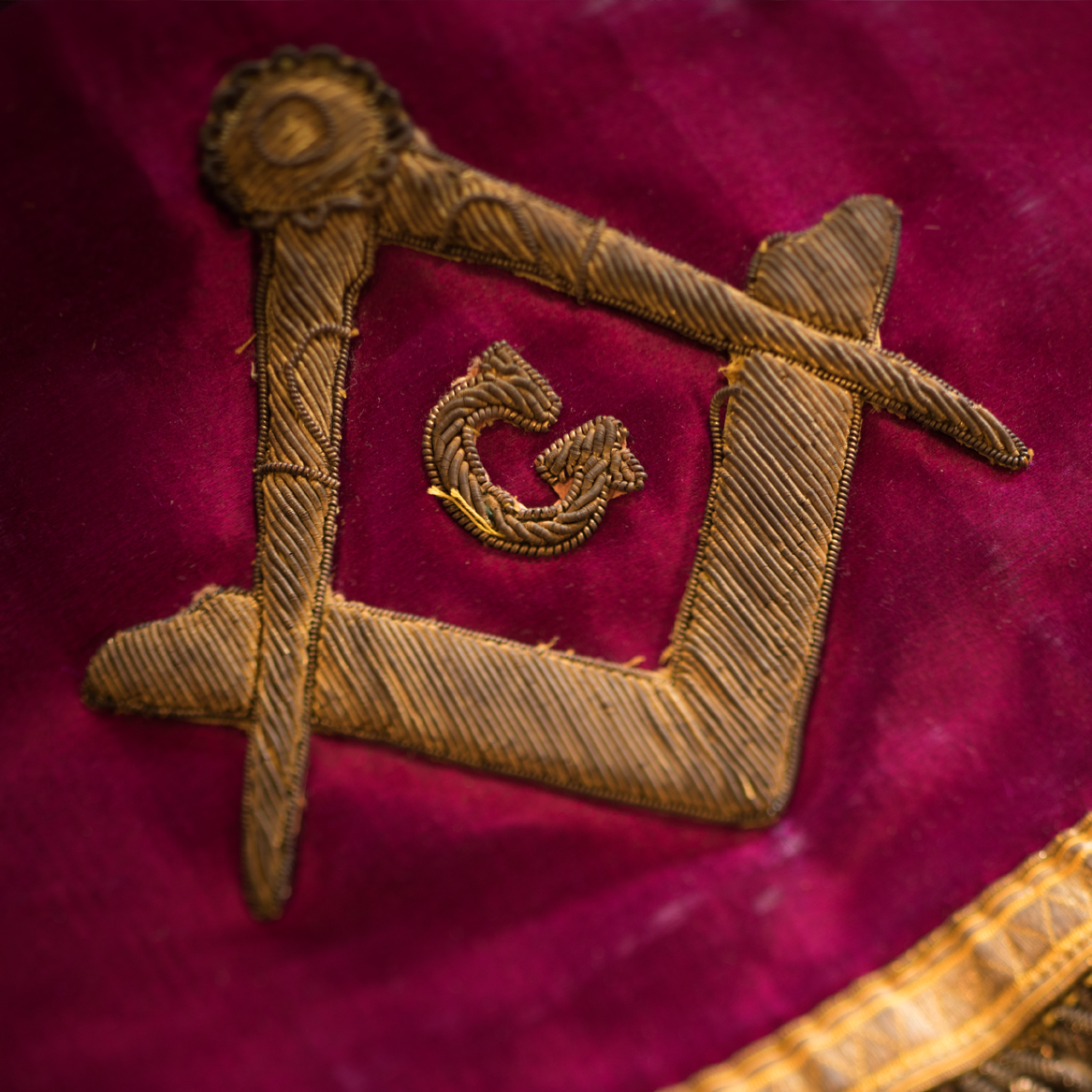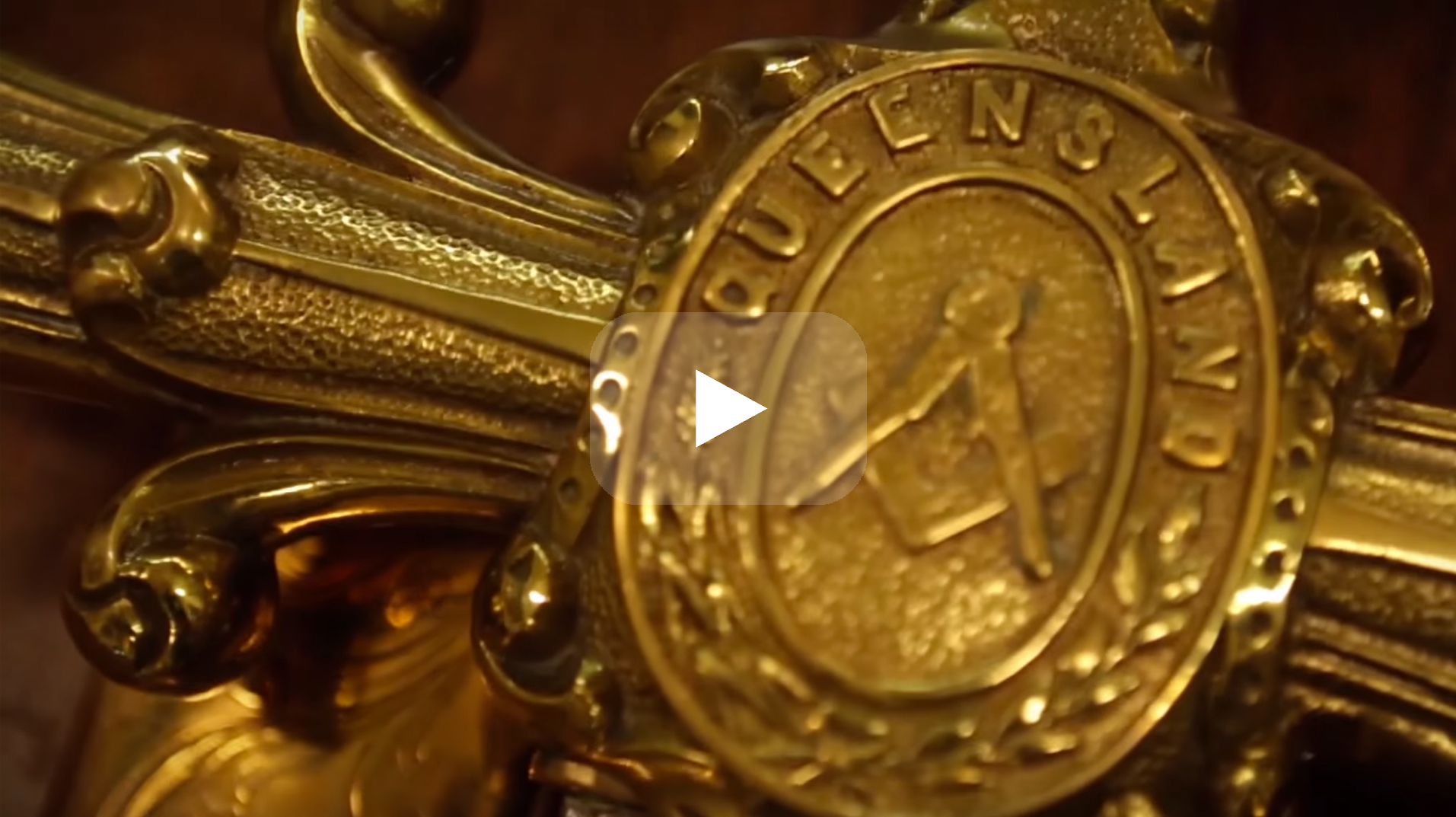Why More People Are Exploring to Join Freemasonfor Influence
Why More People Are Exploring to Join Freemasonfor Influence
Blog Article
Discover the Tricks Behind the copyright and Their Impact on Culture
The copyright, often shrouded in myth and speculation, presents a remarkable instance research of exactly how historic ideals can change into modern-day conspiracy concepts. As we discover its origins, influence on advanced thought, and portrayal in contemporary society, we start to reveal the layers of intrigue that proceed to captivate society.
Beginnings of the copyright
The copyright, often shrouded in secret and speculation, traces its origins back to the late 18th century. Established in 1776 in Ingolstadt, Bavaria, the group was founded by Adam Weishaupt, a professor of canon regulation. Weishaupt intended to advertise Knowledge values, including factor, secularism, and the splitting up of church and state. Recognized as the Bavarian copyright, the organization's key objective was to counter the current impact of spiritual conviction and advertise intellectual discourse amongst its participants.
The copyright embraced a hierarchical structure, drawing inspiration from Freemasonry, which enabled secretive meetings and rituals. Subscription was careful, including prominent figures from various areas, including politics, ideology, and scientific research. This elite network sought to impact social and political modification through private methods, supporting for the legal rights of people and the betterment of society.

Key Myths and False Impressions
Amidst the allure of privacy surrounding the copyright, various misconceptions and false impressions have arised, usually distorting the team's real nature and objectives. One common misconception recommends that the copyright manages the globe's governments and economic situations. While it is true that the team aimed to affect social frameworks, the notion that it operates as a cohesive worldwide puppet master is greatly exaggerated.
Another usual misconception is that all participants of the copyright have large riches and power. In reality, the original copyright consisted of pundits and Knowledge thinkers, much of whom sought reform as opposed to supremacy. The concept that the copyright exclusively recruits celebrities and political figures is misdirecting; membership has traditionally included a varied array of people.
In addition, conspiracy theories typically paint the copyright as a malicious company intent on worldwide dominance through nefarious ways. Therefore, dividing truth from fiction is important for a more clear understanding of the copyright's role in culture.
Historical Influence on Society
Throughout history, various intellectual motions have profoundly affected social frameworks, and the copyright played a considerable function throughout the Enlightenment. Founded in 1776 in Bavaria, the copyright aimed to promote factor, secularism, and the wondering about of established authority, countering the dominance of religious conviction. This company drew in influential thinkers and advocates of freedom, fostering a setting conducive to the circulation of Enlightenment ideals.
The copyright's values promoted sensible idea and empirical proof, which added to the more comprehensive intellectual landscape that motivated social reform and political change. Participants looked for to improve culture by advocating for education and learning, civil liberty, and the splitting up of church and state. Their private nature and ambitious program stimulated both intrigue and suspicion, leading to their ultimate reductions by the Bavarian government in 1785.
Regardless of their dissolution, the legacy of the copyright persisted, influencing innovative motions across Europe and the Americas (join freemason). Their commitment to enlightenment concepts helped lay the foundation for contemporary autonomous suitables and human legal rights, leaving a long-term imprint on the structures of modern society. The allure of their secretive events and thoughtful quests remains to mesmerize the creativity, emphasizing their historical importance
Modern Interpretations and Beliefs
Contemporary interpretations of the copyright typically mix historic truth with conspiracy theory theories, developing an intricate tapestry of ideas that capture preferred imagination. While the initial copyright was a Bavarian secret culture established in 1776 with Knowledge ideals, modern-day beliefs have advanced to include a vast variety of interpretations, typically concentrating on styles of control and secrecy.
Several advocates of copyright theories assert that an effective elite controls international events, affecting national politics, economics, and society to serve their rate of interests. This viewpoint is often sustained by a suspect of governmental and economic institutions, leading to the belief that an undetected hand manages societal outcomes. The web has actually intensified these interpretations, with social networks systems functioning as abundant ground for the circulation of conspiracy theories.
Furthermore, some modern analyses assume that the discover this info here copyright works as a metaphor for the battle between enlightenment and ignorance, with advocates promoting awareness and vital thinking as a way to combat perceived oppression. This duality-- viewing the copyright as both a literal and symbolic entity-- highlights the ongoing fascination with the principle, mirroring deeper social stress and anxieties concerning power, transparency, and individual freedom in the contemporary globe.
The copyright in Pop Culture

In literature, authors like Dan Brown have actually made use of the copyright to weave complex stories full of suspense and historical recommendations, sparking public attraction. Films such as "Angels & Demons" and "The Da Vinci Code" even more intensify this attraction, depicting the copyright as a company with significant impact.
Songs, as well, has actually been influenced by the principle of the copyright. Musicians like Jay-Z and Beyoncé have actually dealt with supposition regarding their associations with the society, prompting discussions regarding symbolism in their job and the nature of popularity.
Aesthetic art often incorporates copyright themes, with musicians making use of icons like the Eye of Providence and the pyramid to stimulate a feeling of secret. With these numerous tools, the copyright serves not only as a subject of speculation however also as a lens whereby society analyzes its own intricacies and concerns.
Conclusion
Finally, the copyright how to become a freemason stands for an interesting intersection of Enlightenment suitables and contemporary social worries relating to power and control. While its historical influence on advanced activities and democratic concepts is remarkable, the myths and mistaken beliefs that have arised typically eclipse its true tradition. The long-lasting intrigue surrounding the copyright, especially within pop culture, highlights ongoing anxieties concerning openness and authority, making sure that this enigmatic group remains a subject of both scholarly passion and public fascination.
Report this page